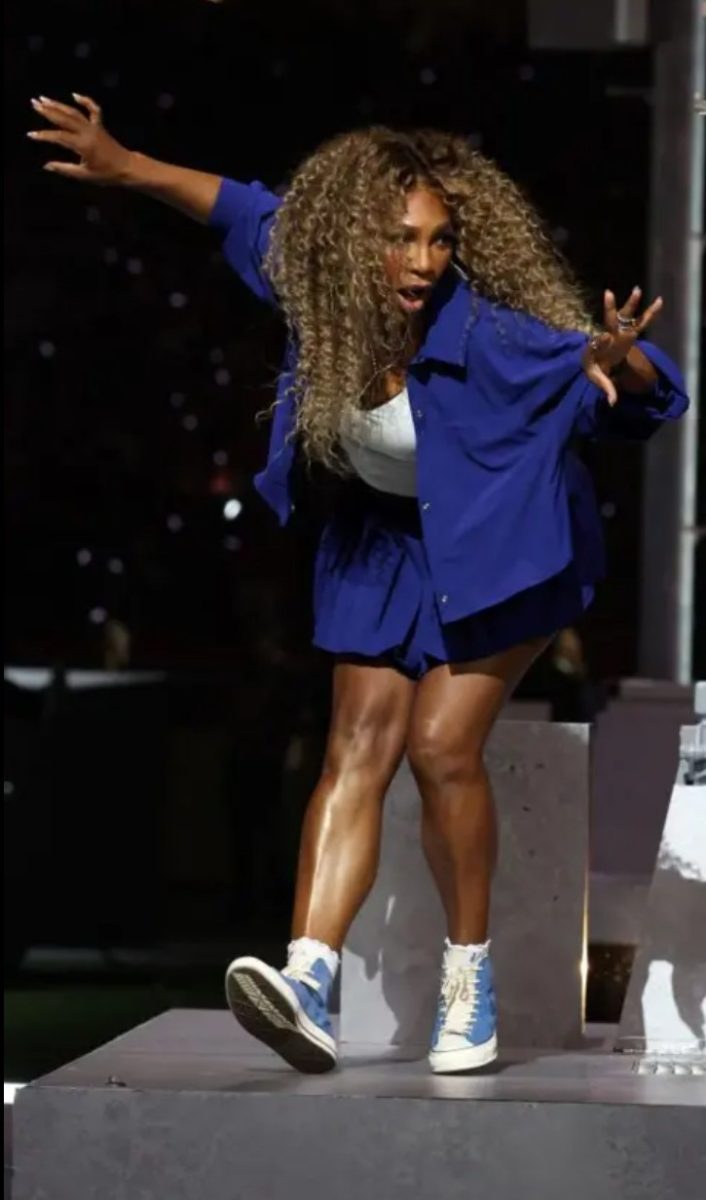A Look Into the College Scouting Process
This timeline shows the structure of how a student should organize their recruitment process.
April 5, 2022
The weather is getting warmer, the days are getting longer, and spring sports are one month away from the end of their season. Once it’s over, spring sports club season will begin with lacrosse, swim, and many more sports. The same goes for the other seasons of sports, fall and winter, who’ve already begun their club seasons, like basketball, volleyball, and soccer. For sophomore athletes, this upcoming summer is one of the most important since college scouts will begin searching schools and club teams for their new recruits. These scouts appear everywhere from practices, to tournaments, to scrimmages out of what seems to be thin air, sometimes they do come suddenly, and other times they’ve been contacted by players, coaches, and even parents.
Getting scouted to D1 schools doesn’t only rely on your athletic abilities. Coaches teach you how to balance your time and put your focus on sports and school. They want you to succeed in school and maintain a high GPA while still competing at high-level tournaments in order for scouts to get a good look at if you’re well-rounded or not. Most players ask their coaches how to structure emails to scouts, how to make some highlight reels of game clips or practice clips, and how to initially draw attention to themselves and make themselves stand out against the thousands of other players fighting to make it D1.
We also have what’s called a recruiting combine. It’s essentially a practice that’s watched by college coaches. These practices include drills that showcase your skills both offensively and defensively, speed, and strength. This is also the time when college coaches can talk to their coaches.
For the most part, college scouts don’t look at high school sports. An article by the LA Times quotes USD shortstop Tanner Rainer, “If you have talent, they’ll find you.” And although Rainer’s comment is true, it doesn’t entirely apply to high school sports athletes. Rainer himself was scouted through a club team tournament in Florida. This article describes the main reason why college recruits won’t watch high school athletes; they don’t showcase the players enough. Club and travel teams allow athletes to show off specific skills at places like the aforementioned combine, at all star-events, at camps, and even at club tournaments. Following high school sports athletes around to games may allow recruiters to see some display of skill, but not as much as they would at a showcase.
For students, the college recruitment process has its ups and downs. Long Beach softball commit Makayla Medellin (12) says that “the process was both terrifying and exciting because I never knew for [certain] where I was going and what would come my way, but I also was excited to be talking to colleges figuring out my future,” with this, she describes the feeling so many athletes share since the feeling of showcasing talent with very little room for a bad first impression is very stressful, yet rewarding.
High school athletes that plan to attend D1-D3 schools from every sport with any amount of experience have to go through rigorous training and scouting processes to even be glanced at by college recruiters. They put their lifelong love and goals for a sport on the line with every recruitment decision.




































